May 9, 2009 - Massey Aerodrome Open House
Well, I finally had a decent flight in my RV ... sort of.
Today's big event was the Massey Aerodrome fly-in. Massey (MD1) is a grass field strip over on the Eastern Shore close to the northern Delaware-Maryland state line. It's about 30 miles east of Essex Skypark. The airport was founded and is run by a group who want to promote "grass-roots" aviation. They've really built a neat place. It's a great airport to go look at some neat airplanes and talk airplanes. It seems like a million years since I've been to a fly-in so I was looking forward to it. Despite the less than promising weather forecast, the weather was actually pretty good: sunny, moderate winds -- not the rain, thunderstorms, and gusts up to 30Kts per the forecast.
But first I had to get there. I've been having overheating problems the last few weeks. I'll take off and right away my front cylinders cylinder head temperatures (CHT) start going through the roof, followed closely by the oil temp. I've had to land right away. So Thursday I redid my front baffle seals and cut away part of the "dams" that cover the front cylinders. I have the new Stewart Warner oil cooler but I'm holding off on installing it, hoping I won't need it.
At Essex this morning, I took off hoping to see improvement, but the #1 CHT was soon climbing through 400 on its way to 450. I pulled back the power and the CHTs started descending but the oil temp was approaching 245 so I had to land after only six minutes in the air. On the ground I took off the front cyclinder "dams" entirely -- the dams are to keep the front cylinders from getting too cool which is definately not a problem I have. I went flying a second time. The #1 CHT again went high followed by the others. I reduced power and got hte CHTs under control. The oil temp inched it way up to 242 then stabilized. I gradually put power back on up to 23 inches and 2300 rpm which racetracking around Essex watching the oil temp and CHTs carefully. The CHTs contined to drop and the oil temp stayed at 242 but then started dropping as well. With things looking good, I headed East and gradually climbed. Over the eastern shore, I got up to 3000 feet, 23 squared, with the CHTs in around 370 and the oil temp stabilized around 218. Speed was between 150 and 160 mph. Looking good! For the first time I started having a little fun with the plane, doing steep turns and climbing turns.
After about 50 minutes I entered the Massey traffic pattern. I saw Bruce in the Cub turning base ahead of me. I had been looking for the bright yellow Cub while I was flying around, but had never seen him.
Here's my RV at another airport for the first time. It's parked behind three Easton RV's including Bruce R. who's in my EAA Chapter.
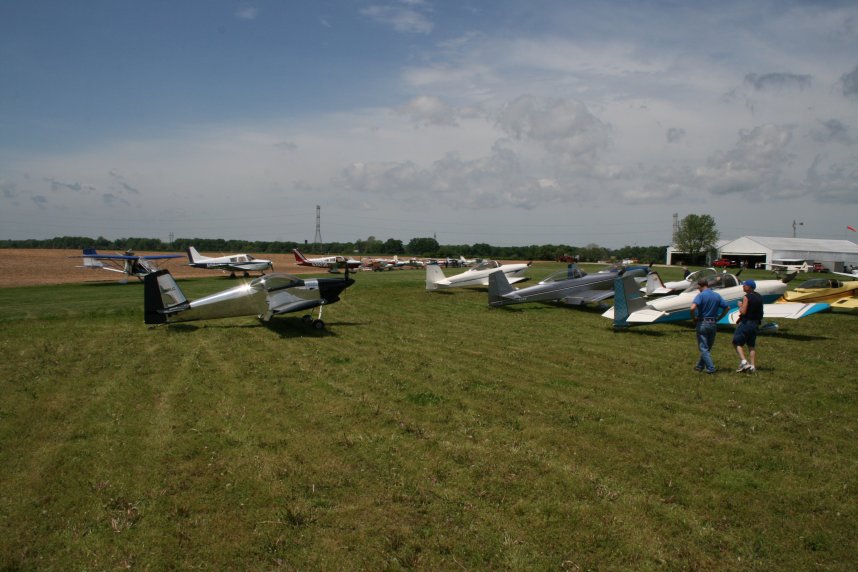
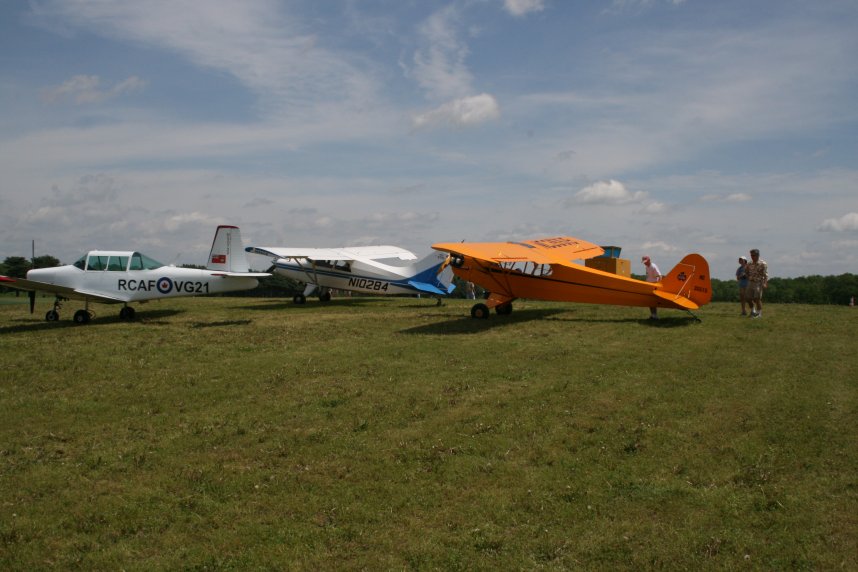
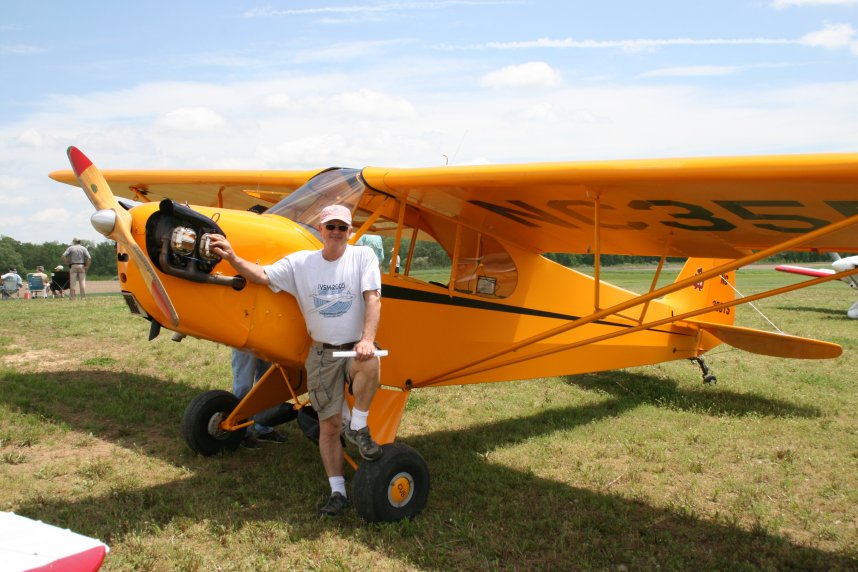
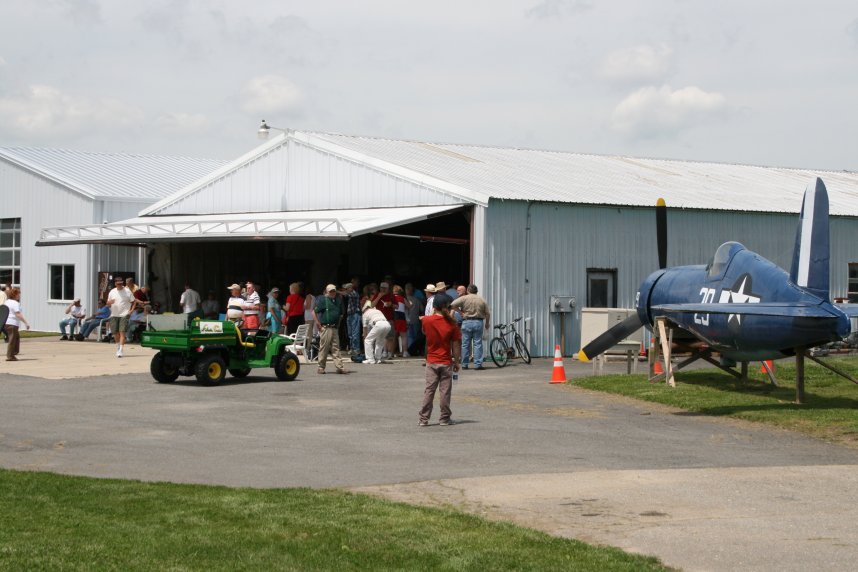
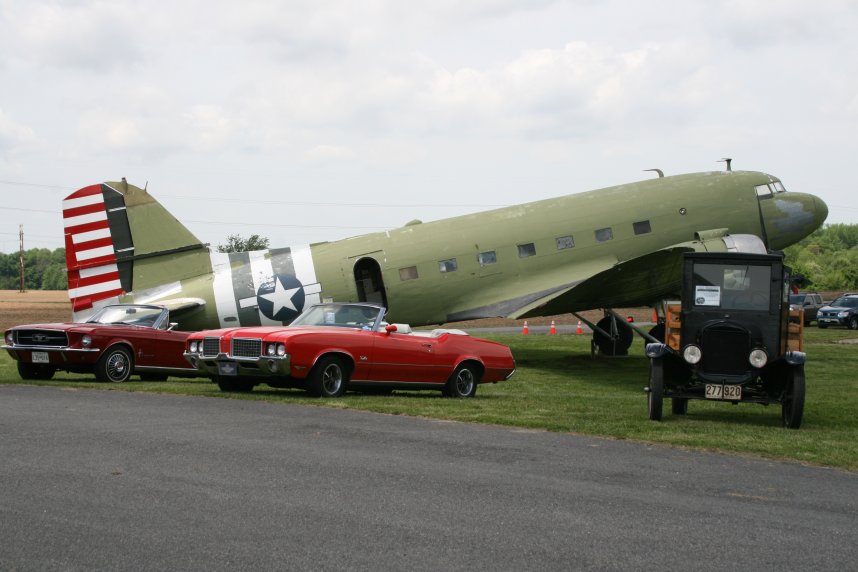
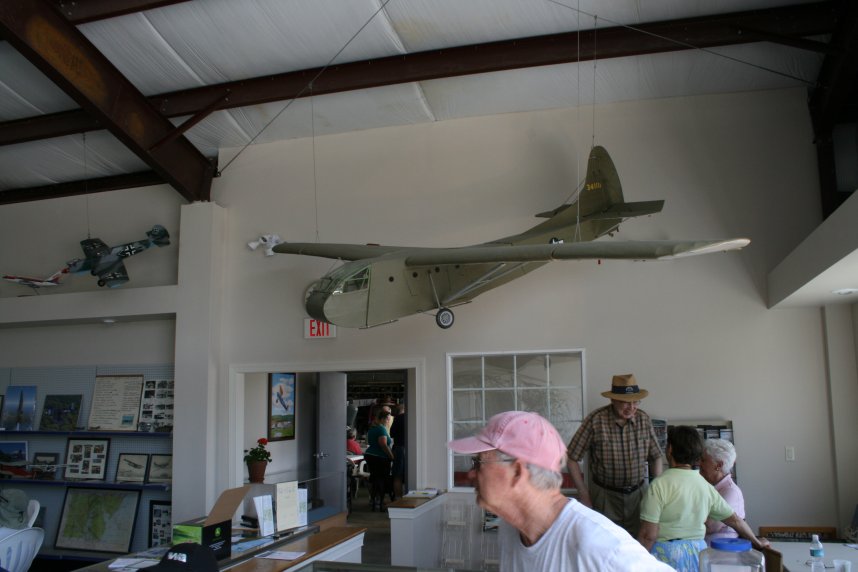
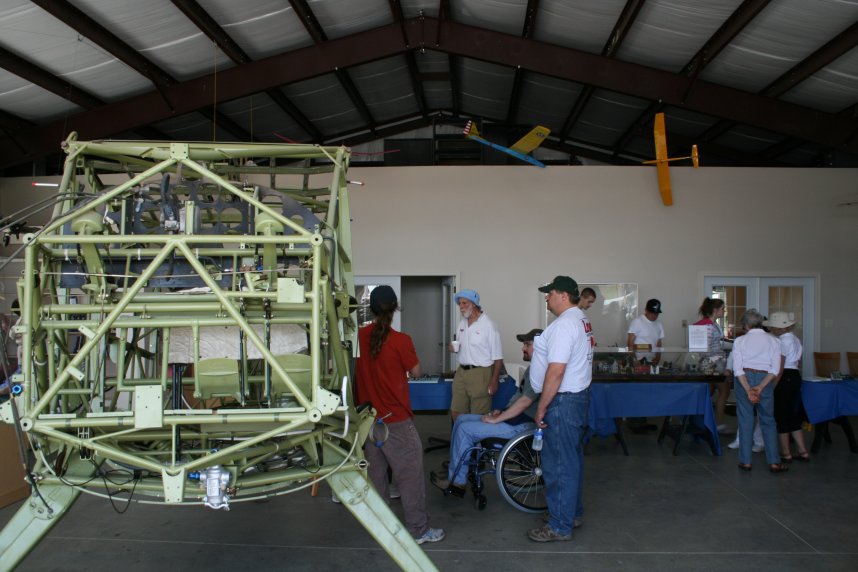
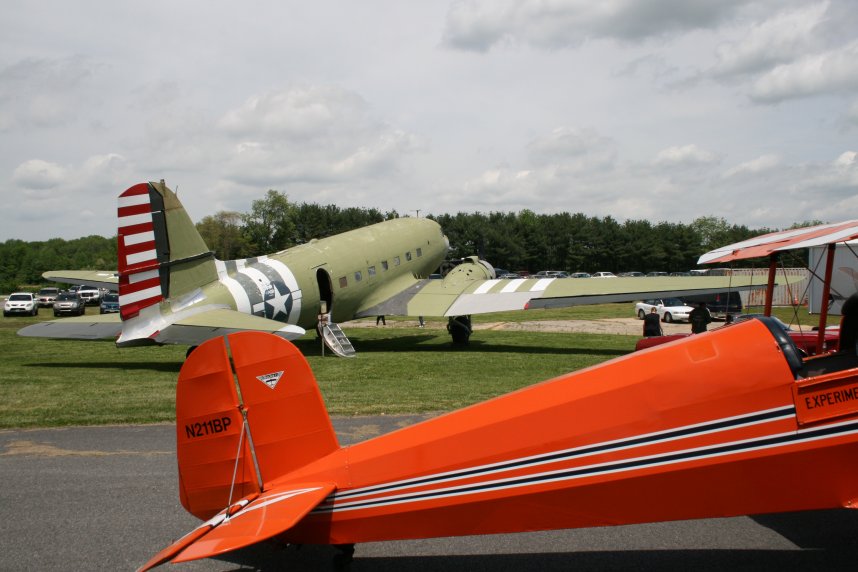
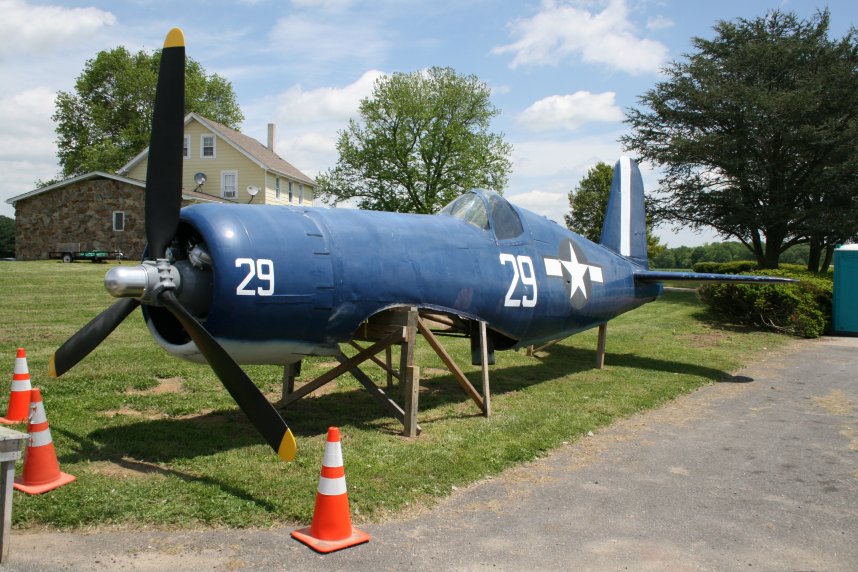
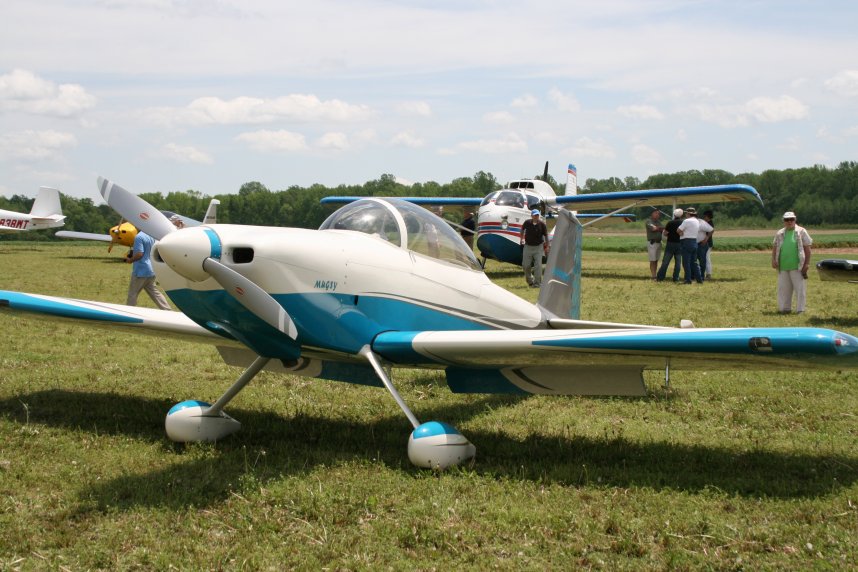
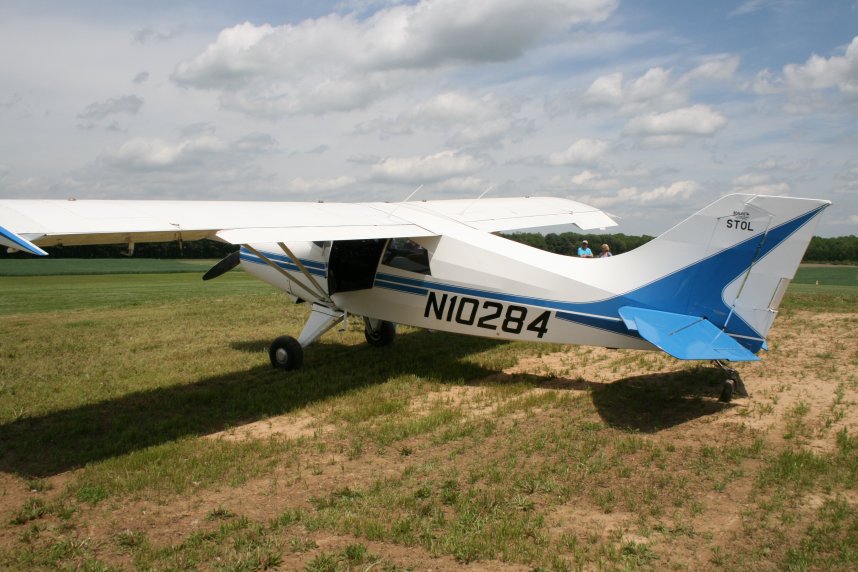
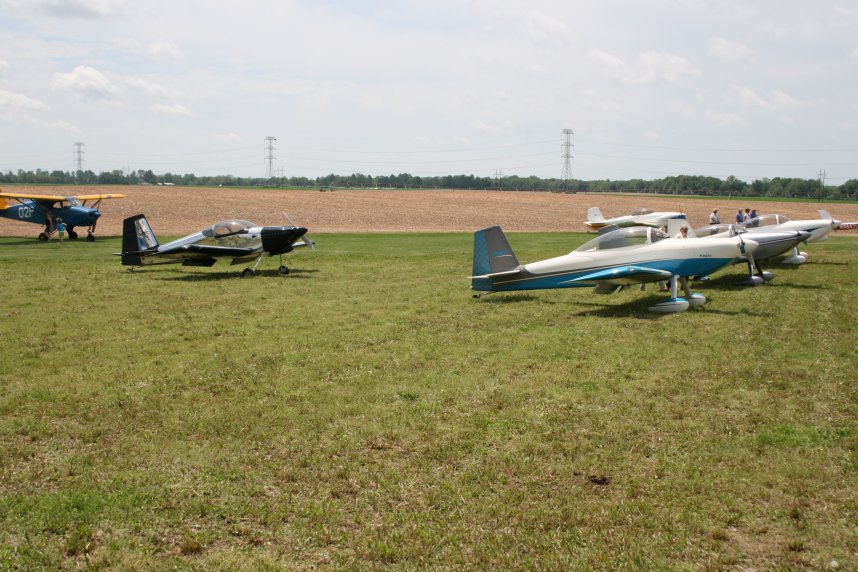
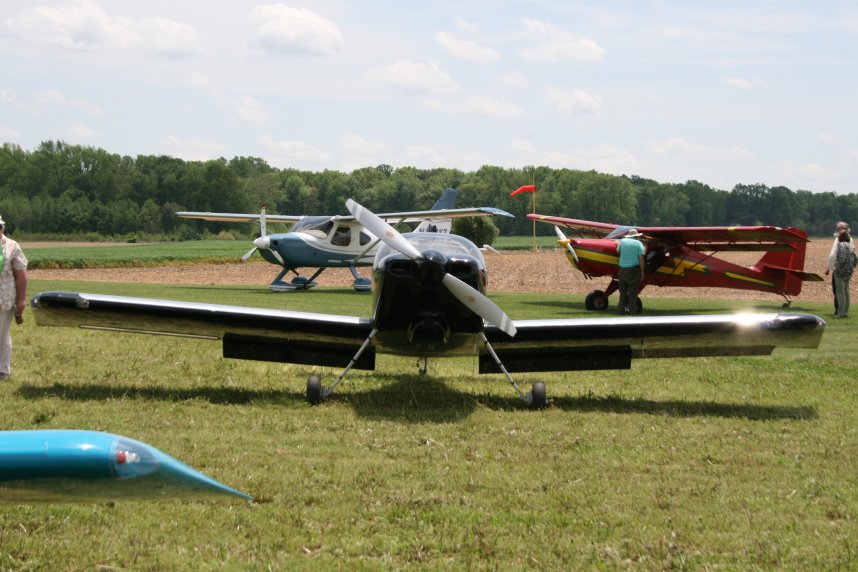
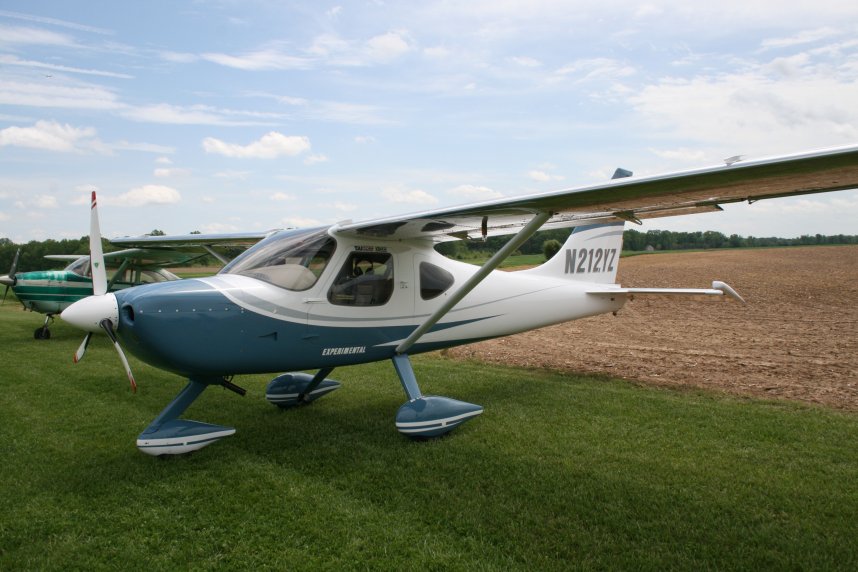
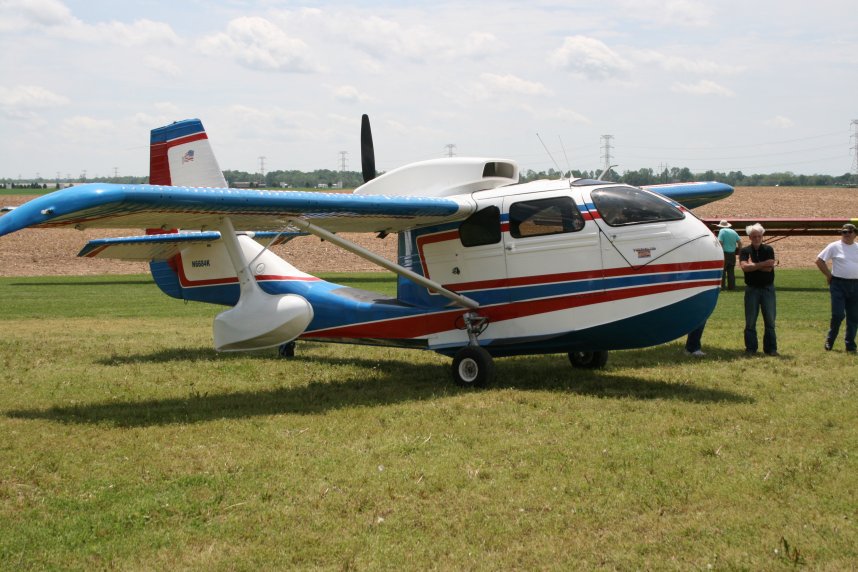
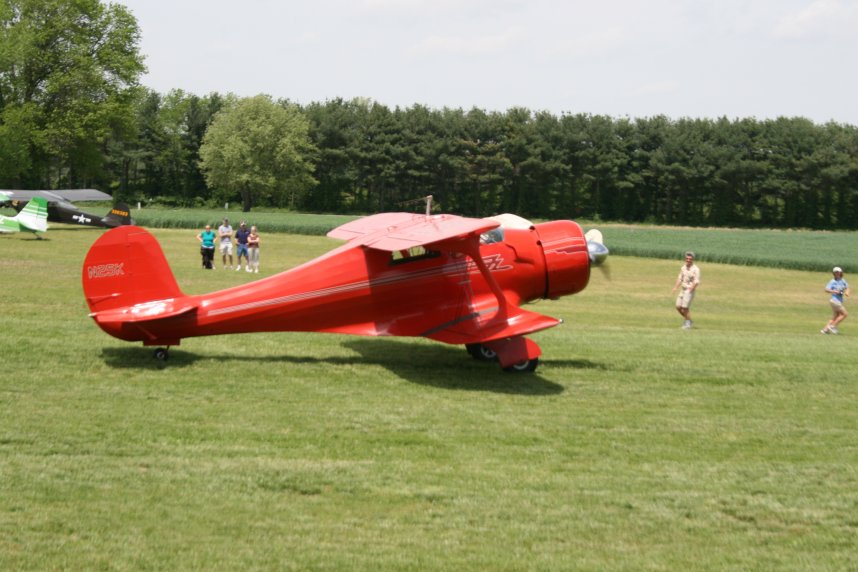
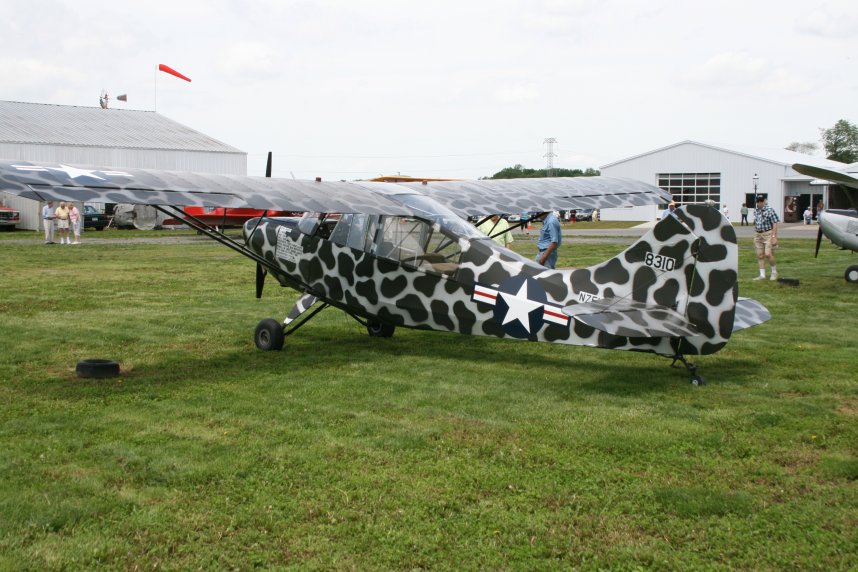
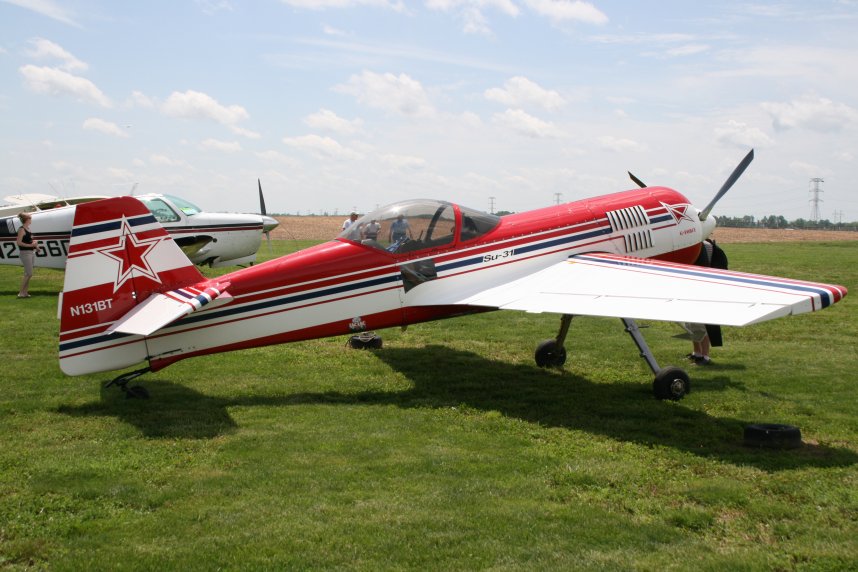
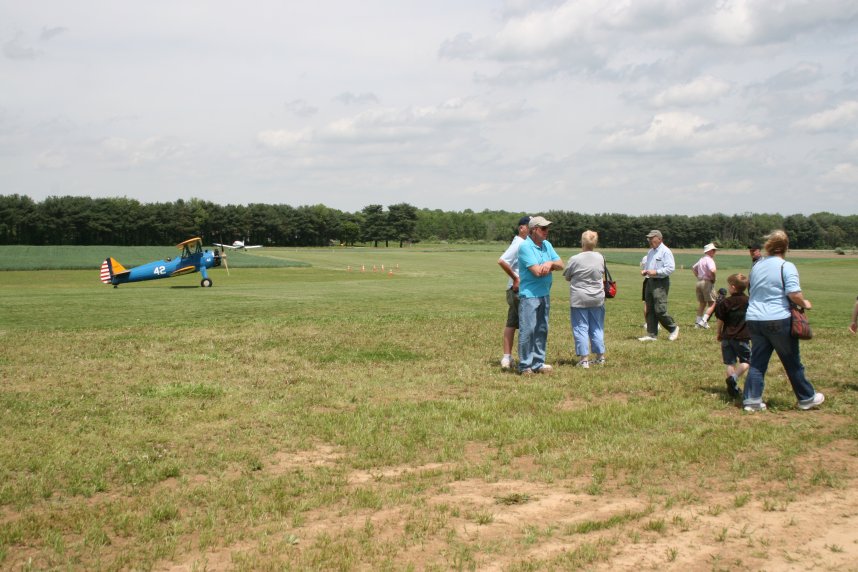
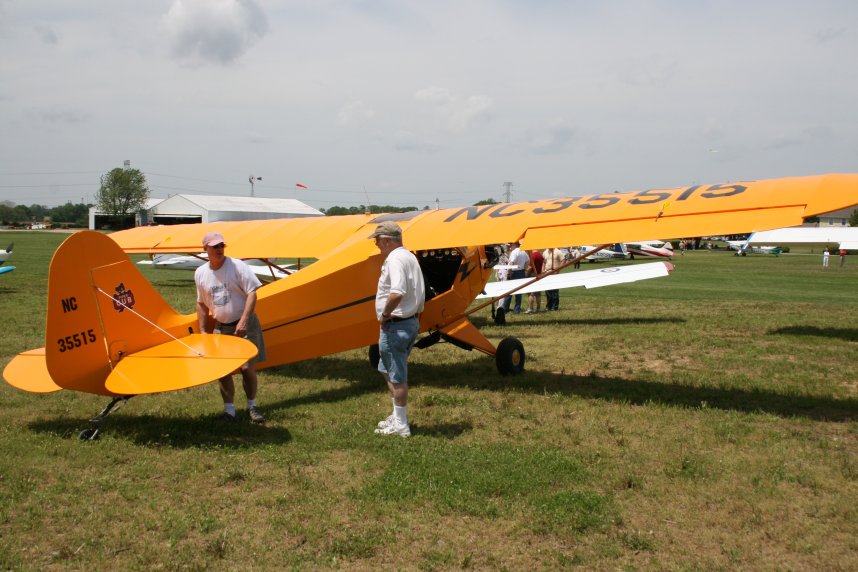
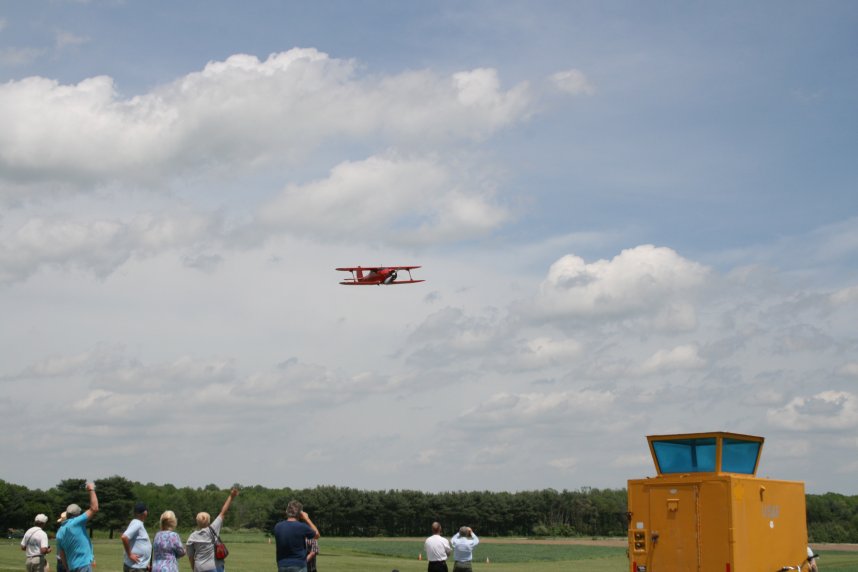
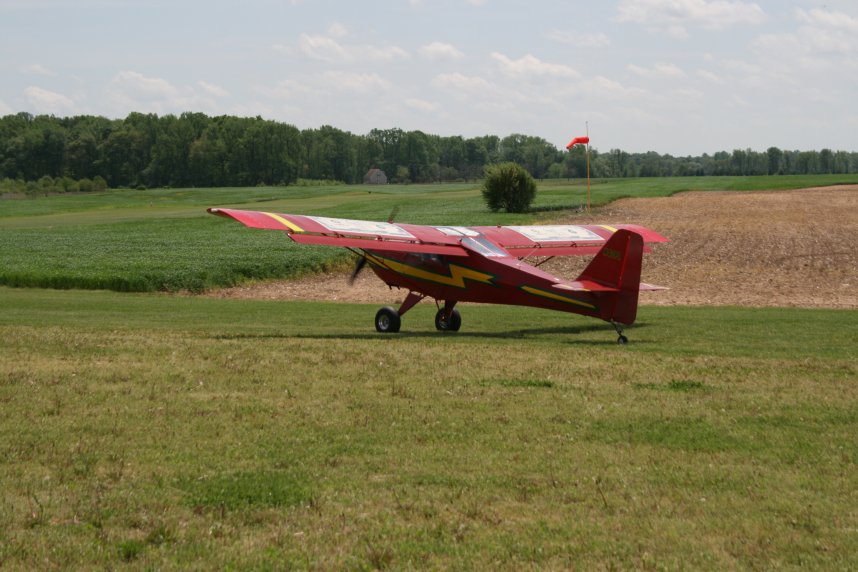
Bruce took off in the Cub. A few minutes later, I taxiied out in the RV. On my run-up, I shut off the left Magneto and was shocked when the engine quit! It didn't drop a lot of RPM; it dropped all the RPM. This had never happened to me before in my flying career. I double-checked everything and tried again, but the right Electronic Ignition was simply not working.
I taxiied back, shut down, took off the top cowl, checked the wires going to the ignition coils, checked the wires at the switch and to the ignition module, all looked good. I started up again off the Mag but the EI was still not working. Some of the fly-in reps came up and asked if I needed help. We ended up putting the RV in one of their hangars.
I called Bruce and he came back in the Cub and picked me up. He had a tailwind coming back; it only took him 20 minutes to fly from Essex to Massey. But it took us 38 minutes to go from Massey to Essex.
Here is a picture just after takeoff.
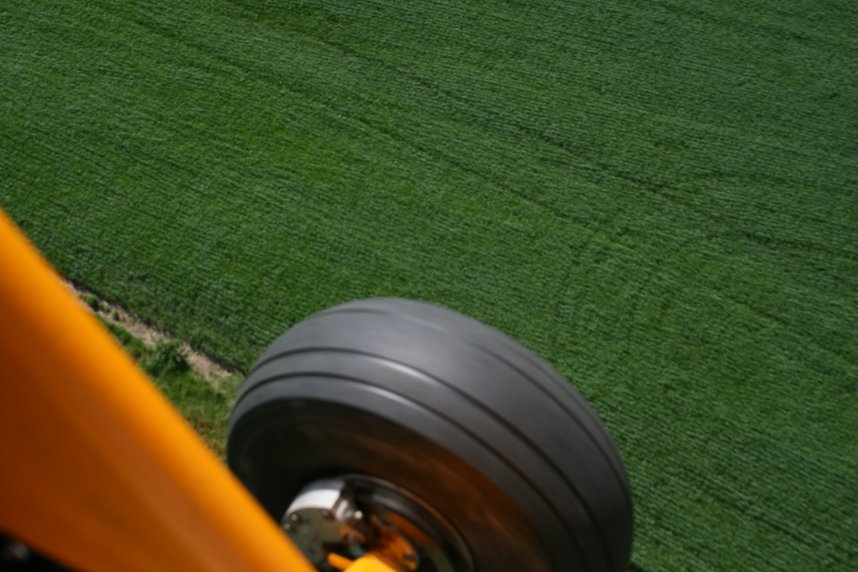
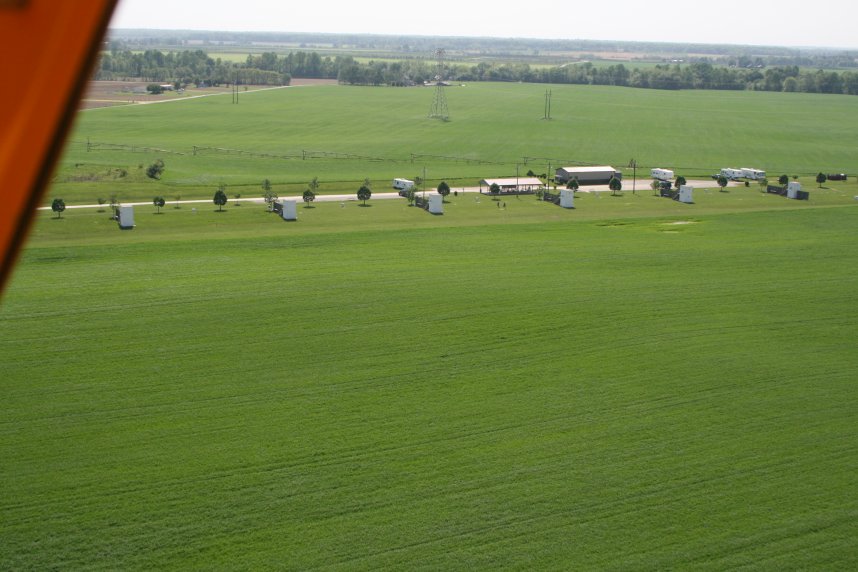
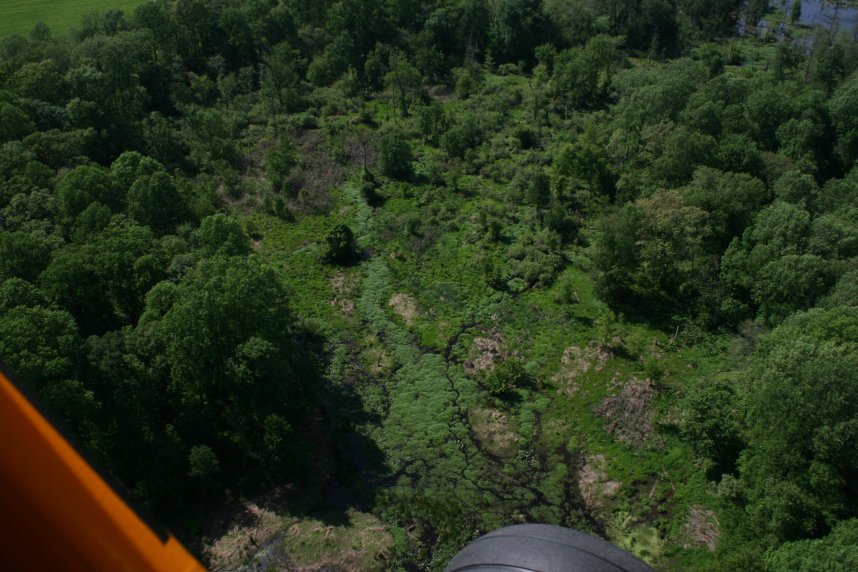

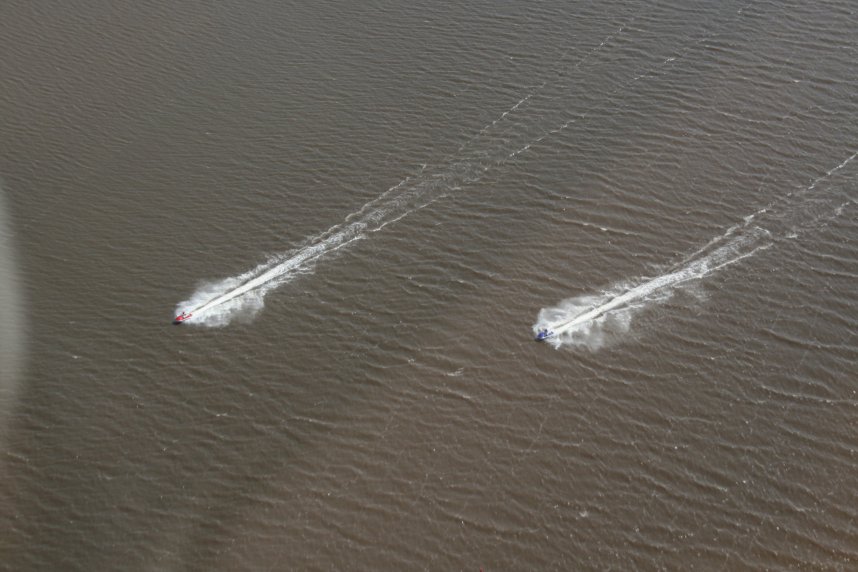
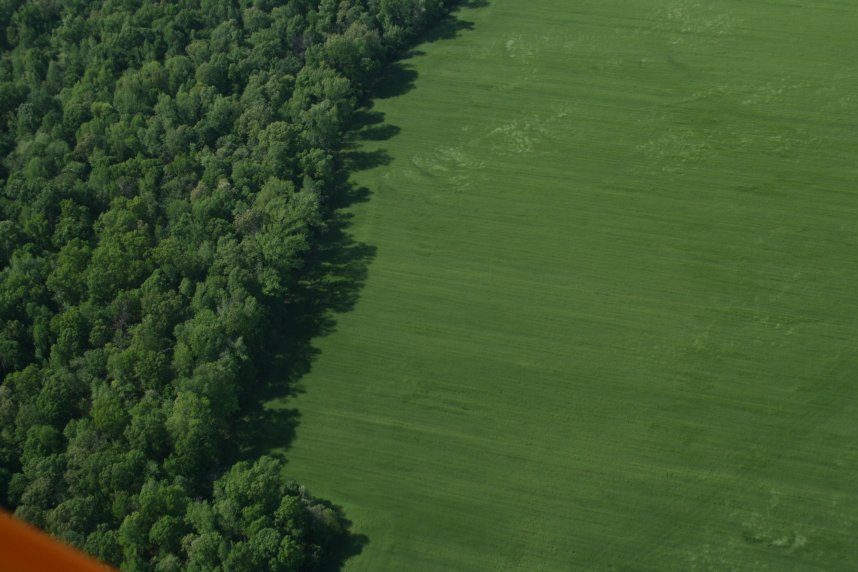
Back at Essex, I gathered a bunch of tools. That night I went to the Lightspeed web page and printed out their troubleshooting guide. I also reviewed my electrical system schematics and Lightspeed installation manual. The troubleshooting guide was in two parts: what to do if your engine is running rough, and what to do if the engine won't run at all. I was definately the latter.
The next day I drove out to Massey and spent three hours troubleshooting the EI. All the wiring looked good. I verified that the ignition module was receiving power. I went ahead and removed the ignition module. It was underneath the forward top skin and not that easy to remove, but I got it done. The Massey folks were very helpful, lending me some tools that I forgot to bring.
One of the decisions I agonized over was whether to cut access covers in the top front cowl like many have done. In the end I didn't do it. But even if I had, it wouldn't have helped as the ignition module was on the far left side of the fuse. I'm also here to tell you that, although it isn't easy or comfortable, it is possible to crawl under the panel and get to most everything back there.
Monday update: I talked to Klaus at Lightspeed, then mailed the ignition module to him for checkout.